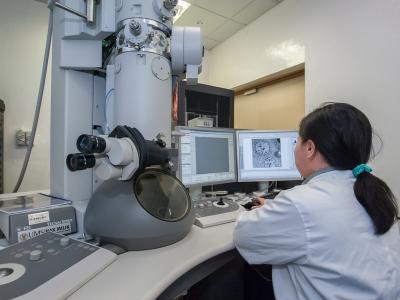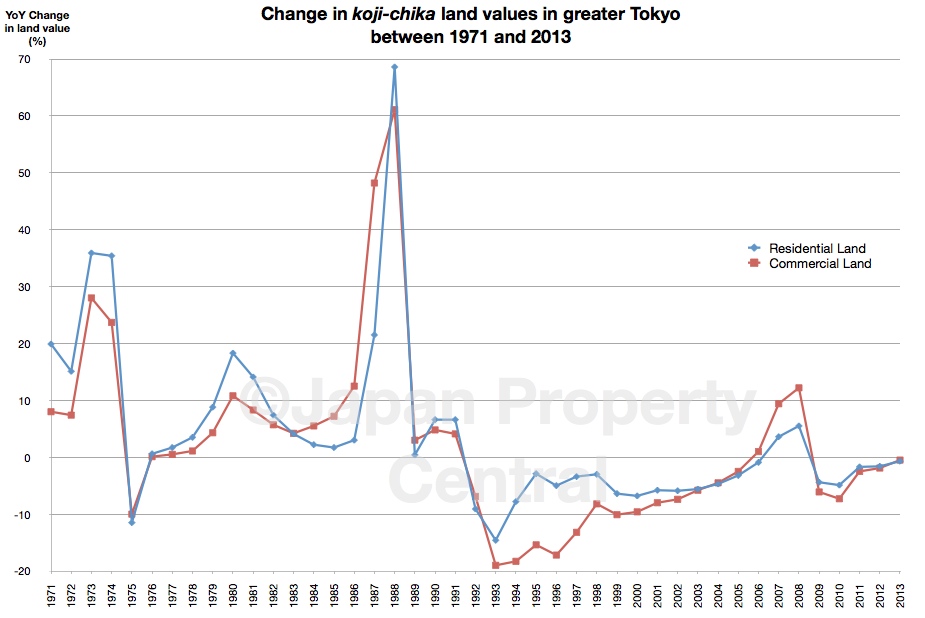
Nearly all bullion banks are members of the London Bullion Market Association (LBMA), an over-the-counter (OTC) market which offers little to no transparency in its dealings. OTC markets are dealer networks bullion traders meaning for financial products, commodities, and securities that don’t trade on a centralized exchange. The industrial uses of gold and silver are the primary market drivers for the pricing of these precious metals.
- While you can buy the actual bars, investing in gold and silver bullion is easier to do via ETFs or futures contracts.
- The truth is gold and other precious metals are highly volatile and past performance is not a good predictor of future returns.
- Bullion rounds and bars are usually manufactured at private mints, whereas all coins are made at government mints.
- The industrial uses of gold and silver are the primary market drivers for the pricing of these precious metals.
If they’re not registered, they are likely breaking the law and you should submit a tip to the CFTC right away. These precious metals are used for many purposes, including money, art, and jewelry. They are also essential for various industrial applications such as those in the automotive and medical fields. Some people also consider base metals like copper, nickel, and zinc “bullion.” But the bulk of bullion investors buy, sell, and trade silver, gold, platinum, and palladium as investment products.
Exchange-Traded Funds (ETFs)
But it also carries the risk of inflicting enormous losses if the price of bullion suddenly declines. The majority of the time, only experienced traders should engage in futures trading. The bullion market is the primary over-the-counter market for trading metal and is open 24 hours a day, seven days a week.
While gold encompasses all forms of the metal and ways to trade in its market, including coins and bars, bullion includes the physical forms of other precious metals also traded, like silver and platinum. It’s important to understand these differences and the various forms gold can be invested in, so you can choose the best form for your goals and needs. Some people want to avoid the hassle of finding a reputable dealer and analyzing physical gold options, or they may not want to risk storing it. If you want the benefits of investing in precious metals without investing in physical bullion, you have alternatives to consider in a range of financial products. Futures contracts provide a mechanism to manage exposure to the underlying market.
Meaning of Bullion with Examples, How to Invest? How Does it Works?
Similar to stocks, ETF shares can be purchased and sold using a brokerage account or an Individual Retirement Account (IRA) brokerage account. Exchange-traded funds, often refer as ETFs; provide investors with cheaper access to the bullion market than if they purchased silver or gold directly. According to government regulations, gold and silver bullion traded in bars or ingots must have a minimum purity of 99.5 and 99.9 percent, respectively. It is frequently held as a reserve asset by governments and central banks worldwide.
India has a shiny new Bullion Exchange – Finshots
India has a shiny new Bullion Exchange.
Posted: Thu, 11 Aug 2022 07:00:00 GMT [source]
If sales pitches also include a lot of doom-and-gloom or high-pressure sales tactics, they could be setting you up for fraud. CFDs are complex instruments and come with a high risk of losing money rapidly due to leverage. 72% of retail investor accounts lose money when trading CFDs with this provider. You should consider whether you understand how CFDs work and whether you can afford to take the high risk of losing your money. CFD and Forex Trading are leveraged products and your capital is at risk.
Ordering Precious Metals From JM Bullion
The bullion market is just one of several ways to invest in gold and silver. These options can be more appealing to investors because they offer greater flexibility. As of July 2022, the SPDR Gold Trust is the largest gold ETF by assets, with total assets of over $55 billion and a trading price of $159.01. The London markets for precious metals are organized on a private, over-the-counter basis, without a central exchange coordinating trading. In a number of other locations around the world, exchanges have developed to provide trading facilities in metal. One of the most active of these is the Shanghai Gold Exchange, which provides a centralized spot market for gold and silver bars.
- However, the law doesn’t apply to metals transactions that result in physical delivery within 28 days of the purchase.
- A mining firm would borrow the gold to finance a project or in a forward hedge contract, in which gold that has not yet been mined is pre-sold to buyers.
- The standard size for silver bars in the London market is 1,000 troy ounces.
- The central bank lends gold from their bullion reserves to bullion banks at a rate of approximately 1% to help raise money.
- In addition to bars, investors looking for a direct investment in physical gold and silver can also buy coins.
Experienced investors and market participants will be most familiar with bullion as a commodity that is traded around the world. In major hubs like the London Bullion Market Assocation (LBMA), this takes the form of large gold bullion bars. These “Good Delivery” bars are the most cost-efficient way for gold to move between bullion banks. Bars are also the underlying asset for financial products like futures contracts.
How Does Bullion Work?
In the vaults managed by the Federal Reserve, approximately 8,133 metric tonnes of US reserves are kept. Due to the scarcity of precious metals, their prices have increased substantially over time. You might also employ these assets as a means of risk diversification and protection against currency fluctuations, inflation, and political turmoil.

Why is it called bullion?
The term is ordinarily applied to bulk metal used in the production of coins and especially to precious metals such as gold and silver. It comes from the Anglo-Norman term for a melting-house where metal was refined, and earlier from French bouillon, ‘boiling’.